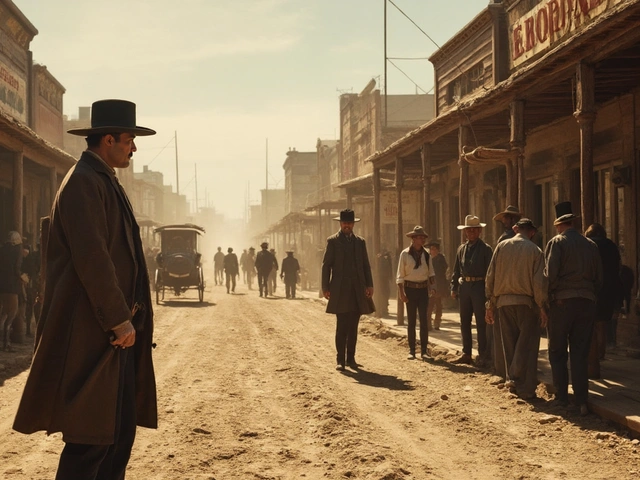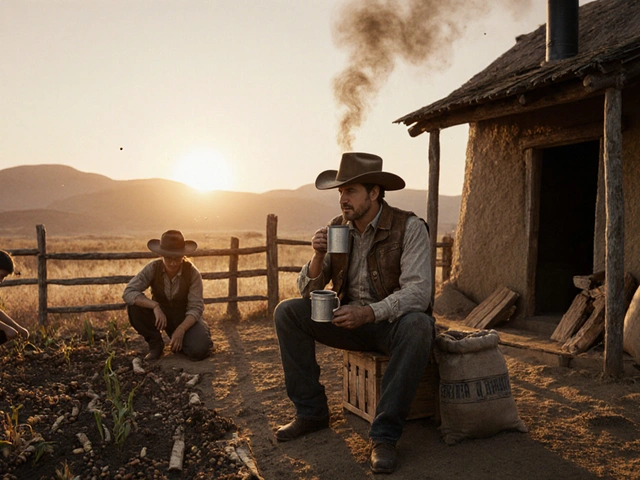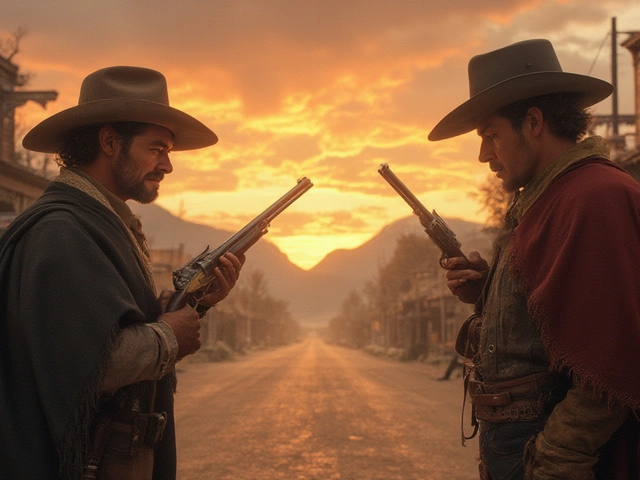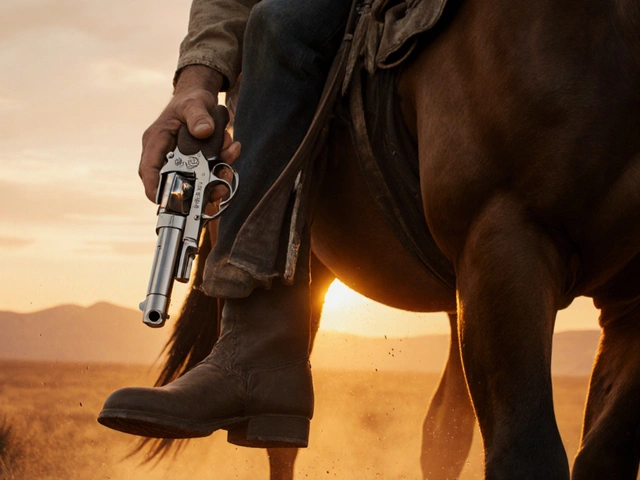Were Guns Really Banned in Tombstone?
March 6 2025Understanding Wild West Laws and Their Role in Frontier Life
The Wild West is famous for its lawlessness and legendary shootouts, but it wasn’t all chaos and no rules. In fact, the Old West had its own set of laws and systems to keep towns running and people safe. These laws might seem rough or simple compared to today’s standards, but they were crucial in a place where justice had to be quick and practical. Let’s dig into how Wild West laws actually worked and why they mattered.
On the frontier, formal courts and legal help were often scarce. Many towns didn’t have official judges or sheriffs at first, so they had to make do with what they had. Local lawmen, like sheriffs or marshals, often held a lot of power and had to act fast to settle disputes or catch criminals. Sometimes, this meant handling things with a quick trial or even self-defense in the form of a gunfight. This mix of official law and personal justice created a unique legal culture that defined the Old West spirit.
Where Did Wild West Laws Come From?
Many Western laws were borrowed from state or territorial codes and adapted to fit frontier needs. Since the West was full of new settlers from all over the country, a lot of common law principles applied, but enforcement varied by place. Saloon fights, land claims, cattle rustling, and disputes over water or rights were common legal issues. Laws about weapons and carrying guns were especially important since many people owned firearms for protection and hunting. Towns often passed local rules—sometimes called ordinances—about how guns should be carried or when saloons could operate.
Justice Without Delay: How Wild West Towns Kept Order
Speedy justice was key because waiting for courts could take weeks or months, and law enforcement was thin. This often meant that sheriffs and judges used quick trials or even deputized townsfolk to form posses and catch outlaws. Public hangings or swift punishments weren’t unusual, but they aimed to deter crime in tough environments. The idea was to maintain peace in towns where life was risky and neighbors depended on each other. While this system wasn’t perfect, it worked well enough to build some stability amid the rugged isolation.
So, when you think about the Wild West, remember it wasn’t just a free-for-all. Laws and justice, though different from today’s standards, shaped how communities survived and thrived. They kept order in a land where survival depended on quick decisions, respect for neighbors, and a strong sense of personal responsibility. This rough-and-ready legal system gave the Old West its legendary character that still fascinates us today.
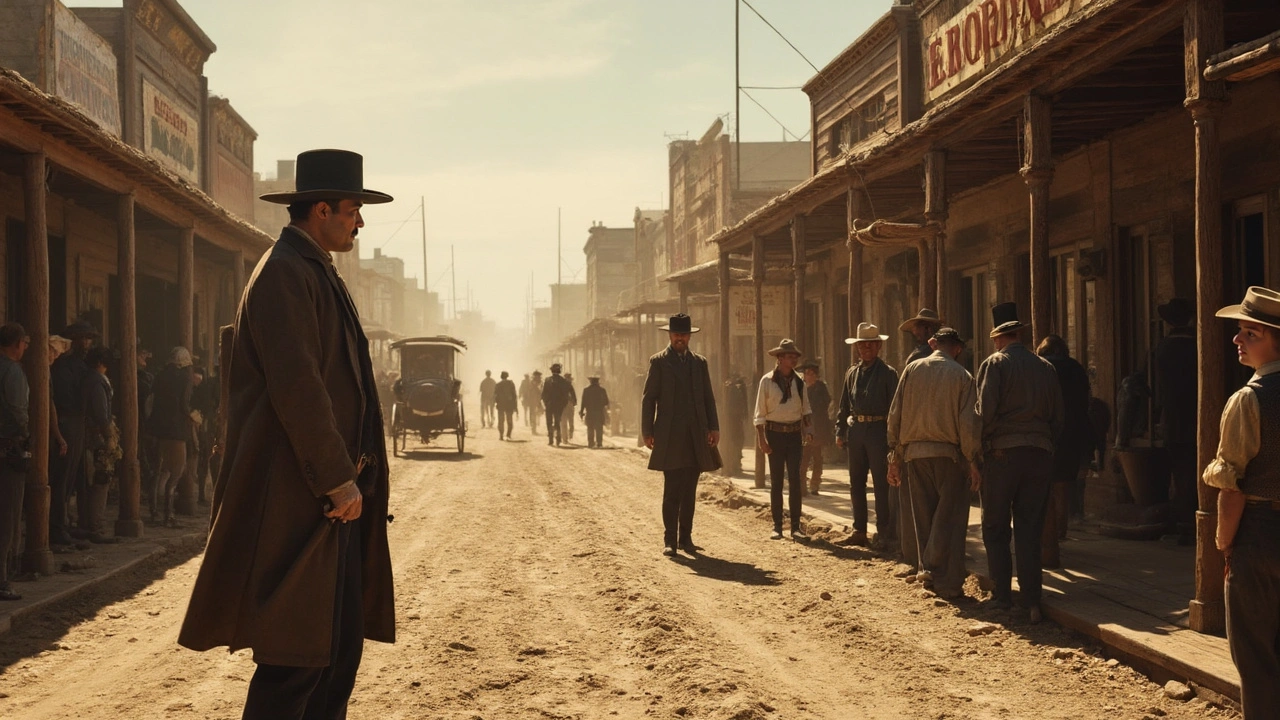 6 Mar
6 Mar
Were Guns Really Banned in Tombstone?
Tombstone, Arizona, in the late 1800s, is often remembered for its famous gunfights and as a place where lawmen enforced strict regulations on carrying firearms. Explore how the gun laws in Tombstone came to be, what they entailed, and the role of notable figures like Wyatt Earp in enforcing these rules. Unravel the myths from the realities when it comes to gun control in the Wild West. This article dives into the history, impacts, and lesser-known facts about Tombstone's approach to gun regulation.
Read More...
